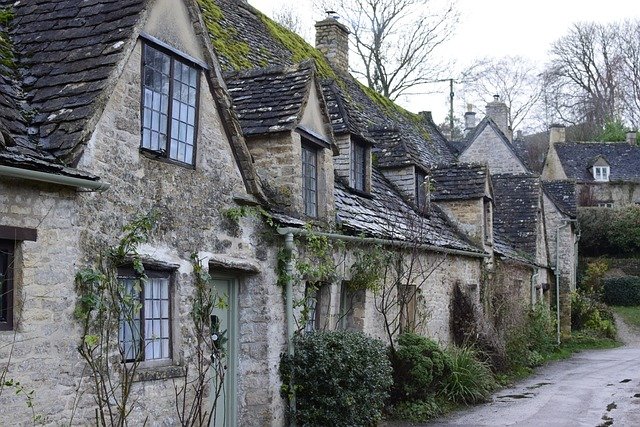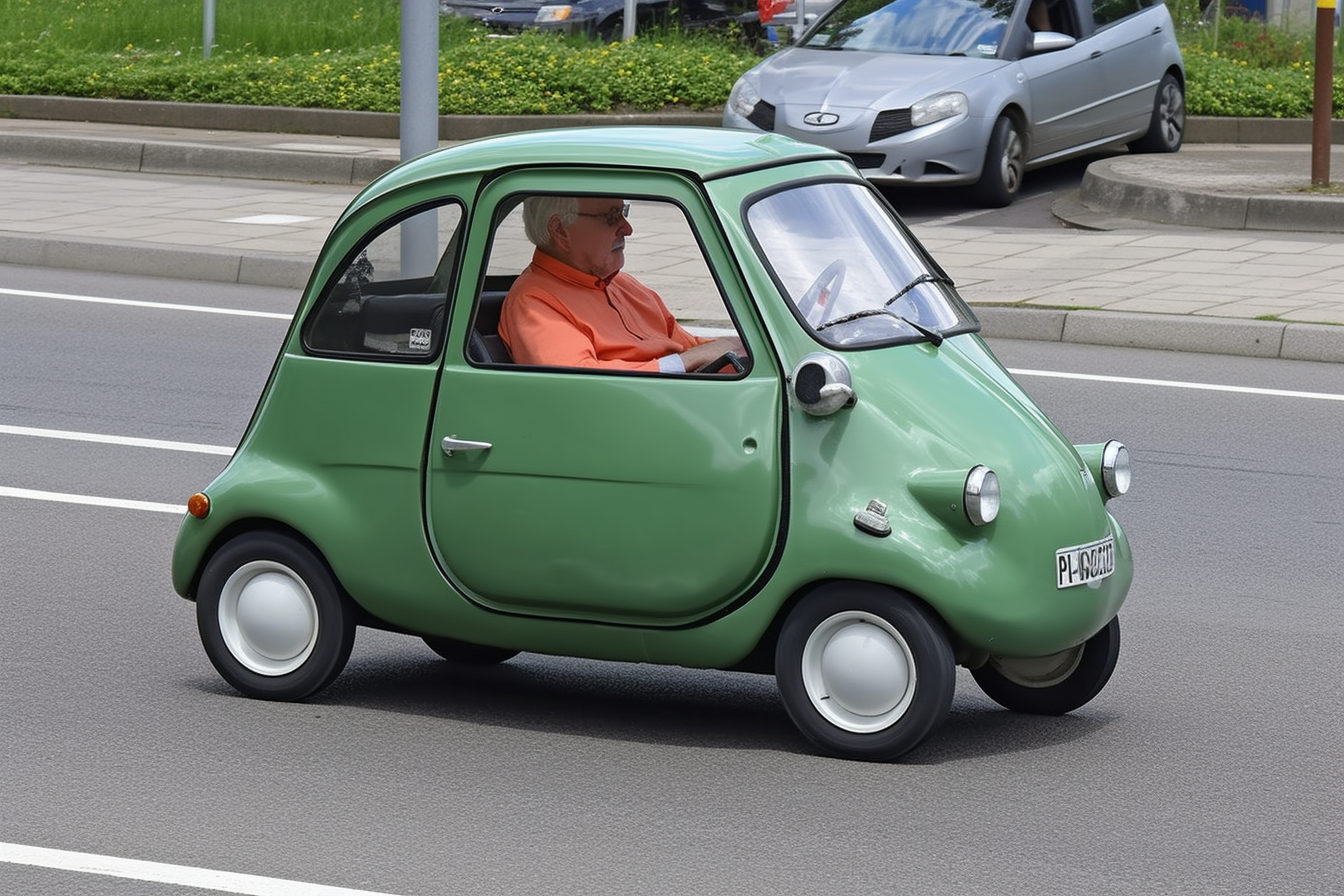Finding Affordable Property in Europe's Forgotten Spaces
Exploring the world of vacant and neglected properties across Europe offers a unique opportunity for property investors and homebuyers. These forgotten structures, often available at significantly reduced prices compared to conventional real estate, represent both challenges and potential rewards for those willing to undertake renovation projects in various European countries.

Vacant and neglected properties dot the European landscape, from rural villages in Spain to remote areas in Bulgaria, representing untapped real estate potential. These properties, left empty due to urbanization, economic migration, or aging populations, often sell for a fraction of market prices. While they require significant renovation, they offer an affordable entry point into the European property market for those with vision and determination to restore neglected buildings to their former glory.
Where to Find Houses for Sale in Europe at Bargain Prices
Across Europe, several regions stand out for their abundance of vacant properties. Southern European countries like Italy, Spain, and Portugal feature numerous empty rural properties as younger generations have migrated to urban centers. Many Italian villages have launched “€1 house” initiatives to revitalize declining communities, though additional costs for renovation and legal requirements apply.
Eastern European countries including Bulgaria, Romania, and parts of Poland offer rural properties at exceptionally low prices compared to Western European standards. In France, neglected farmhouses in rural regions like Normandy, Brittany, and Dordogne can be purchased at reasonable prices despite the country’s generally expensive real estate market.
The Cheapest Estate in Europe: Countries with Affordable Properties
Bulgaria consistently ranks among the most affordable European countries for neglected real estate. Rural Bulgarian properties can sometimes be found for under €5,000, particularly in remote villages away from tourist destinations. While requiring substantial renovation, these properties offer incredible value for those seeking a countryside retreat or investment opportunity.
Portugal’s interior regions, particularly in areas like Beira Baixa and Alentejo, feature empty stone houses at remarkably low prices. The Portuguese government has also introduced incentives for rural property restoration to combat depopulation. In Italy, beyond the famous €1 house schemes, many affordable vacant properties exist in regions like Abruzzo, Molise, and parts of Sicily, where full houses can be purchased for €20,000-€30,000.
Apartments for Sale in Europe: Urban Vacant Properties
While rural vacant houses receive most attention, urban empty apartments also present interesting opportunities. In post-industrial cities across Eastern Europe, Soviet-era apartment blocks sometimes feature vacant units at competitive prices. Cities like Łódź in Poland or certain districts in Bucharest offer apartments requiring renovation at prices significantly below market value.
Southern European cities affected by economic downturns, particularly in Greece and parts of Spain, have seen increased property abandonment. These urban properties typically command higher prices than rural counterparts but remain affordable compared to properties in prime condition. Unlike rural properties, vacant urban apartments typically have existing utility connections and infrastructure, potentially reducing renovation complexity.
Legal Considerations When Purchasing Property in Europe
Navigating the legal landscape is crucial when purchasing neglected properties in Europe. Each country maintains distinct property laws, inheritance regulations, and requirements for foreign buyers. In some cases, vacant properties may have unclear ownership status, requiring thorough title searches before purchase. Many countries require non-EU citizens to obtain special permits before purchasing property.
Renovation regulations vary significantly across Europe, with some countries imposing strict historical preservation requirements, particularly for properties in protected villages or historic districts. Local building codes may dictate acceptable materials and construction methods. Working with local legal experts familiar with property law in your target country is essential to avoid costly mistakes and ensure a smooth transaction process.
Comparing Property Markets Across European Countries
Understanding how different European property markets compare helps identify the best opportunities for vacant house purchases. The table below provides a general comparison of neglected property markets in several European countries:
| Country | Average Price Range for Vacant Properties | Renovation Complexity | Foreign Buyer Restrictions | Property Taxes |
|---|---|---|---|---|
| Bulgaria | €5,000 - €30,000 | Moderate to High | Minimal for EU citizens | Very Low |
| Italy | €1 - €50,000 | High (strict regulations) | None | Moderate |
| Spain | €20,000 - €80,000 | Moderate | None | Moderate |
| Portugal | €15,000 - €60,000 | Moderate | None | Low with incentives |
| France | €40,000 - €120,000 | Moderate to High | None | Moderate to High |
| Greece | €20,000 - €70,000 | Moderate | Some restrictions in border areas | Moderate |
Prices, rates, or cost estimates mentioned in this article are based on the latest available information but may change over time. Independent research is advised before making financial decisions.
Renovation Challenges and Considerations
Renovating neglected European properties presents unique challenges beyond the initial purchase price. Many rural properties lack basic utilities like water, electricity, or sewage systems, requiring significant investment to install modern amenities. Structural issues are common in long-vacant buildings, with roof damage, foundation problems, and moisture-related deterioration frequently encountered.
Access to qualified contractors can be difficult in remote areas, and language barriers may complicate project management for foreign buyers. Transportation of materials to isolated properties adds to renovation costs. Despite these challenges, many buyers find the process rewarding, particularly when restoring historical features like stone walls, wooden beams, or traditional architectural elements that contribute to a property’s character and eventual value.
Vacant and neglected houses in Europe offer a unique opportunity for adventurous buyers seeking affordable property or renovation projects. While challenges exist in terms of renovation costs, legal complexities, and potential isolation, the remarkably low entry prices make these properties accessible to buyers who might otherwise be priced out of European real estate markets. With careful research, legal guidance, and realistic expectations about renovation requirements, neglected European properties can transform from forgotten structures into cherished homes or successful investments.




